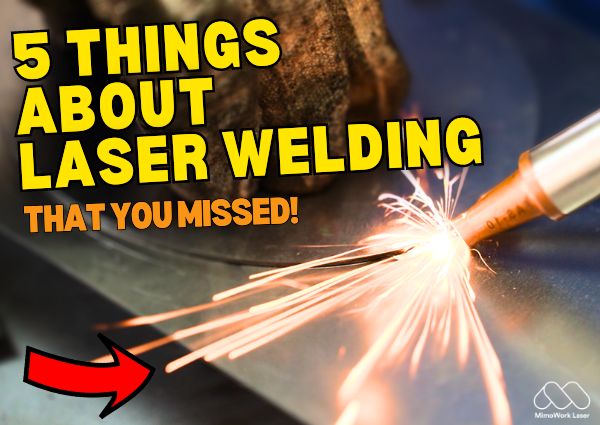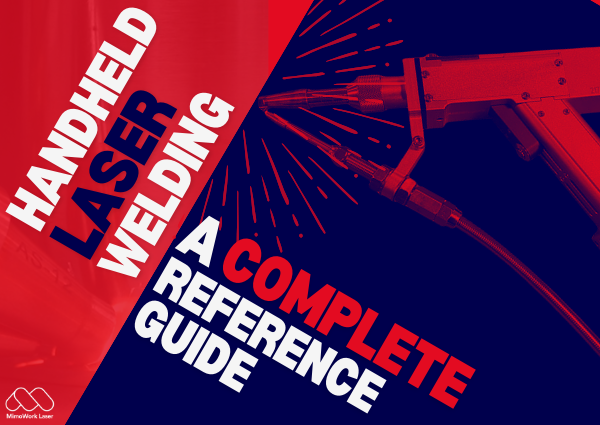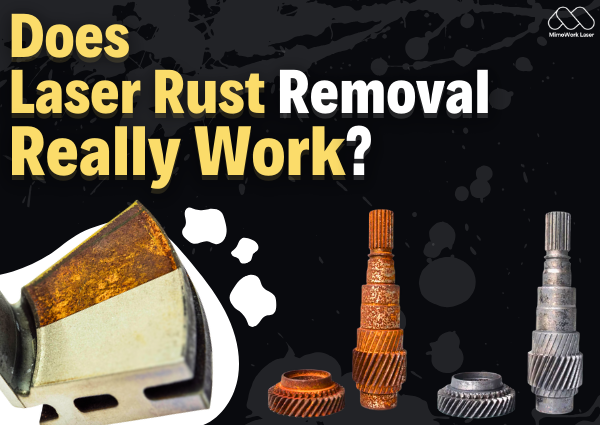What You Need to Know about Laser Cleaning
Laser Cleaner Machine: Some Background Story
The world's first laser was invented in 1960 by the American scientist Professor Theodore Harold Mayman using ruby research and development.
Since then laser technology has benefited mankind in various ways.
The popularization of laser technology makes the rapid development of science and technology in the fields of medical treatment, equipment manufacturing, precision measurement.
And remanufacturing engineering accelerate the pace of social progress.
The application of lasers in the cleaning field has made significant achievements.
Compared with traditional cleaning methods such as mechanical friction, chemical corrosion and high-frequency ultrasound cleaning.
Laser cleaning can realize fully automatic operation with other benefits like high efficiency, low cost, pollution-free, and no damage to the base material.
And flexible processing for a wide scope of applications.
Laser cleaning truly meets the concept of green, environmentally friendly processing and is the most reliable and effective cleaning method.

The Process of Laser Cleaning Rust
Laser Rust Cleaning Machine: See them in Action! (Videos)
What can Laser Cleaning Machine Do?
What is a Laser Cleaning Machine and most importantly, what can it clean?
In this video, we showcased how a handheld laser cleaner can effectively clean different containments.
Tackling from rust cleaning, paint stripping, and grease removal with a portable laser cleaning machine.
Laser rust removal tool as we call it, deserves a space in every workshop.
Laser Rust Cleaner is hands down, the best tool for rust removal out there.
In this video, we compared a laser that removes rust, dry ice blasting, sandblasting, and chemical cleaning.
Want to reduce the cost of consumables used for cleaning? Choose a handheld laser cleaner.
Want to clean on the go with a compact unit? Choose a portable laser cleaning machine.
Why Rust Removing Laser is the Best
Rust Removing Laser: A Brief History Lesson
Since the birth of the concept of laser cleaning technology in the mid-1980s.
Laser cleaning has been accompanied by the progress of laser technology and development.
In the 1970s, J. Asums, a scientist in the United States, put forward the idea of using laser-cleaning technology to clean sculptures, frescos, and other cultural relics.
And it has proved in practice that laser cleaning has an important role in protecting cultural relics.
The main enterprises engaged in the production of Laser cleaning equipment include Adapt Laser and Laser Clean All from the United States, El En Group from Italy, and Rofin from Germany, etc.
Most of their Laser equipment is high-power and high-repetition frequency Laser.
E.Y.Assendel'ft et al. first used a short-wave high pulse energy CO2 laser in 1988 to carry out a wet cleaning test.
Pulse width 100ns, single pulse energy 300mJ, at that time in the world's leading position.
From 1998 to now, laser cleaning has developed by leaps and bounds.
R.Rechner et al. used a laser to clean the oxide layer on the surface of aluminum alloy and observed the changes of element types and contents before.
After cleaning by scanning electron microscopy, energy dispersive spectrometer, infrared spectrum, and X-ray photoelectron spectroscopy.
Some scholars have applied femtosecond lasers to the cleaning and preservation of historical documents and documents.
It has the advantages of high cleaning efficiency, a small discoloration effect, and no damage to fibers.
Today, laser cleaning is booming in China, and MimoWork has launched a series of high-power handheld laser cleaning machines to serve customers in metal production worldwide.
MimoWork Laser Cleaner Machine >>
Want to Learn More about Laser Rust Cleaner?
Principle of Laser Cleaning Rust
Laser cleaning is to use the characteristics of high energy density, controllable direction, and convergence ability of laser.
The binding force between pollutants and matrix is destroyed or the pollutants are directly vaporized in other ways to decontaminate.
Reduce the binding strength of pollutants and matrix, and then achieve the cleaning of the surface of the workpiece.
When the pollutants on the surface of the workpiece absorb the energy of the laser.
Their rapid gasification or instant thermal expansion will overcome the force between the pollutants and the substrate surface.

The Whole Laser Cleaning Process can be Roughly Divided into Four Stages:
1. Laser gasification decomposition
2. Laser stripping
3. Thermal expansion of pollutant particles
4. Vibration of matrix surface and pollutant detachment.
Some Key Notes about Laser Rust Stripping
Of course, when applying laser cleaning technology, attention should be paid to the laser cleaning threshold of the object to be cleaned.
And the appropriate laser wavelength should be selected, to achieve the best cleaning effect.
Laser cleaning can change the grain structure and orientation of the substrate surface without damaging the substrate surface.
And can control the roughness of the substrate surface, to enhance its comprehensive performance of the substrate surface.
The cleaning effect is mainly affected by the characteristics of the beam.
The physical parameters of the substrate and the dirt material, and the absorption capacity of the dirt to the beam energy.
About Laser Rust Cleaner & Handheld Laser Weld
Here's More to Read:
Post time: Oct-06-2022







